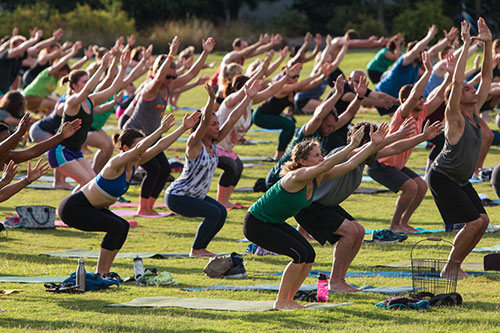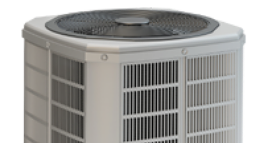Throughout America, more and more homebuyers are showing interest in planned communities that center on health and well-being. In today’s post, we’ll explore this real estate trend with a focus on what estate agents should know.
A Booming Market
Dubbed the “the next frontier in residential real estate” by The Global Wellness Institute (GWI), the lifestyle community market has already made a huge impact on the real estate sector. In its recent report, “Build Well to Live Well,” GWI estimates the current lifestyle real estate market at just under $120 billion. The non-profit organization also pegged the market’s annual growth rate at 9 percent, which would increase its overall value to $153 billion by 2020.
With so much growth potential, it’s important for agents to understand the ins and outs of lifestyle real estate, so they can better market the product to appropriate buyers.
What Exactly Is a Wellness Community?
While traditional planned communities might include pools, laundry facilities and other amenities, wellness communities tend to have unique characteristics that focus on health and well-being. According to GWI, many real estate professionals make the mistake of confusing buyers by attempting to rebrand developments as “wellness communities.”
To better distinguish actual wellness communities from traditional planned communities, GWI has outlined some key differentiators. For one, a wellness community should include housing made without the use of toxic or unhealthy building materials. In addition to pools and fitness facilities, the community should be designed to include porches, sidewalks and strategically planned public spaces that promote social engagement and healthy activities.
Many wellness communities also include programs, classes, music, arts and regular social events that pull residents together for common purposes. In addition to driving social connectivity, a wellness community will often be designed to include walking trails, gardens and other features that heighten physical and psychological well-being.
Assessing Demand
According to GWI, global surveys demonstrate an increasing demand for healthier communities. In the United States, about a quarter of all respondents with incomes exceeding $75K reported high interest in purchasing a property in a wellness community. This figure translates into well over 1 million potential American buyers, and that number is expected to increase substantially over the next decade.
To take advantage of available opportunities, however, agents need to have a clear understanding of what buyers mean when they say they are looking for wellness communities. While it may sound like a simple proposition, it’s not always so easy, since lifestyle real estate tends to include unique communities with diverse amenities and distinctive design features.
To effectively engage with buyers, agents need to better understand what a wellness community should look like. They should also understand what type of buyer they are dealing with, so they can market a wellness -oriented housing to the right buyers without alienating buyers who might be cool to the idea.
2-10 HBW offers the most comprehensive Home Warranty coverage for homeowners. Let us help you protect your home.








